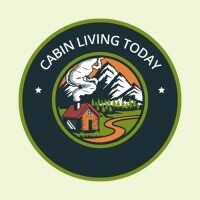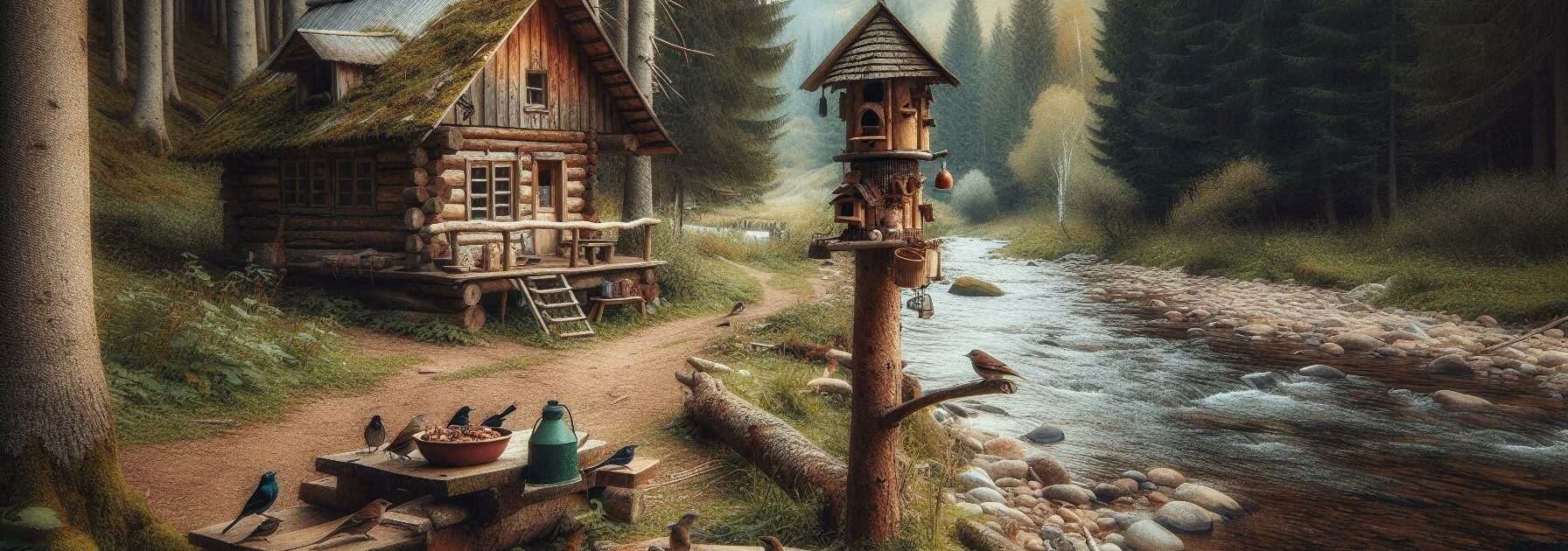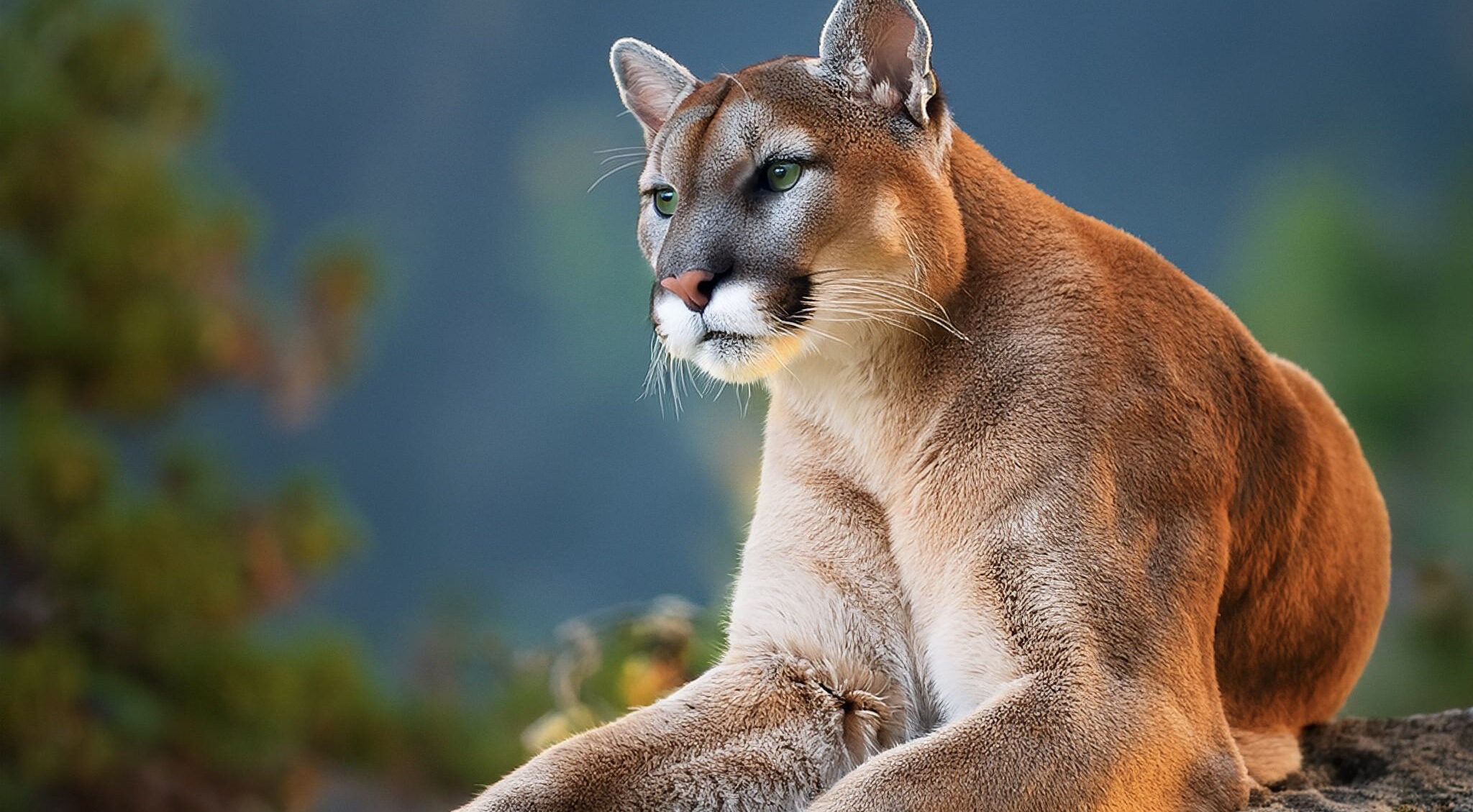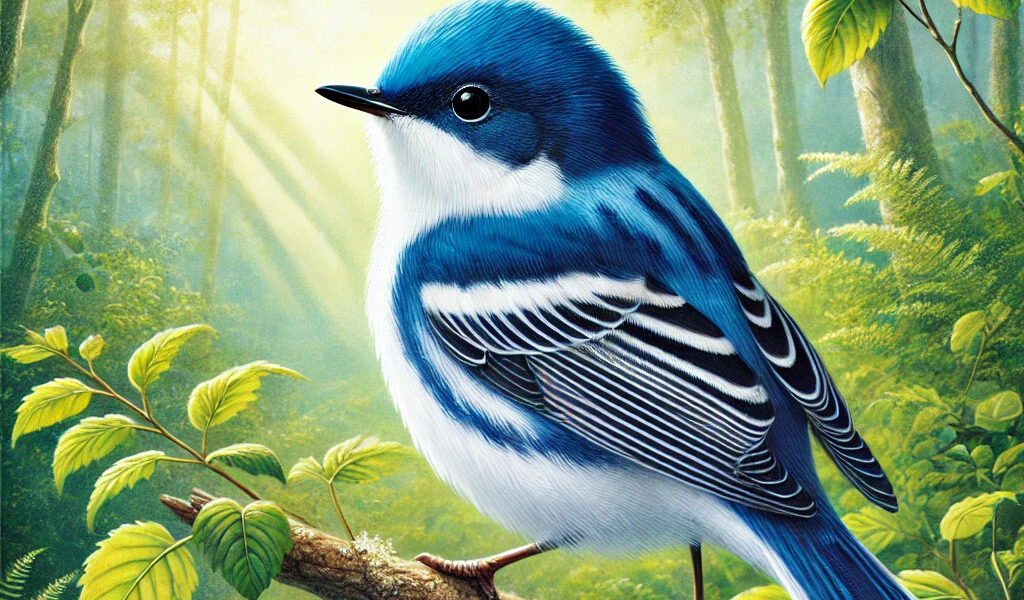Bird feeders do wonders for the local environment by giving wild birds a reliable source of food, especially during those tough times like winter or migration seasons. They help sustain local bird populations by providing nourishment when natural resources are scarce.
Beyond just helping the birds, putting up a bird feeder is like extending a hand to restore natural habitats that might have been lost to urban development. Your backyard can become a mini refuge for these birds, supporting biodiversity in areas where they might otherwise struggle.
And let’s not forget about what birdwatching can do for you! Taking a few moments to watch these fluttering friends can seriously reduce stress and bring a sense of tranquility. It’s like having a slice of nature therapy right outside your window, providing endless entertainment and a connection with the natural world.
Setting Up for Success: Choosing the Right Bird Feeder
Finding the right bird feeder feels like a game-changer. It’s about matching the feeder to the birds you want to attract and the environment you live in. Not all feeders are created equal, so figuring out the designs that work best for certain types of birds can make a huge difference.
Tube feeders, for instance, are great for smaller birds like finches. They love perching on those little tiny holes. Platform feeders, on the flip side, cater to those who’d rather have a big open space to munch, like cardinals. Familiarity with the birds that frequent your area will guide your choice.
Below is one of the very best companies I have found for their wide variety of bird feeders. JUST CLICK ON THE BANNER TO TAKE A LOOK:
The material of your feeder can also impact its success. Wooden feeders have that rustic charm, but they might not hold up against the elements like plastic or metal ones. Glass is a classy option, though it’s on the fragile side. Picking a material that stands up to your climate while looking good is a balance worth striking.
Your own local climate influences your feeder choice too. If you’re in a windy area, sturdy metal or robust plastic might be a better fit. In areas with high rainfall, look for designs that prevent seed from sitting in water and spoiling. Whatever your setup, you can always find a feeder that both fits your aesthetic and fulfills the practical needs of your feathery visitors.
Feeding Time: Selecting the Best Food for Local Bird Species
Picking the right food is key to attracting a variety of bird species to your feeder. Each bird has its favorites, and knowing what grows naturally in your region gives you a great head start. Black oil sunflower seeds are a hit because they appeal to a wide range of birds thanks to their high fat content.
Mission one is figuring out the regulars in your area. Is it the chickadees that chirp away, or maybe those brightly plumed jays? With this knowledge, you can tailor your offerings. For instance, millet and milo are popular amongst ground-feeding birds, but not so much for others who might deem them useless.
The nutritional value of the seeds is another important factor. Suet is a fantastic option, particularly in the colder months, providing a dense energy source perfect for keeping birds warm. Peanuts and safflower seeds offer alternatives that bring a different set of winged visitors to the scene.
There’s one more thing that’s crucial: avoiding food with fillers. Not only do they hold little nutritional value, but they can also go to waste if unwanted by the birds. Instead, go for natural, high-quality mixes and, if possible, ones that are sustainably sourced. That way, you’re not only caring for the birds but also the planet.
Beyond Feeding: Creating a Bird-Friendly Environment
Having a bird feeder is great, but creating a welcoming environment for birds involves more than just food. Adding a water source is a game changer for attracting a variety of birds. You’d be surprised how many species will pop by for a sip or a splash in a simple birdbath.
Think about bringing in some native plants. They are like the buffet of nature, providing seeds, fruits, and shelter. The birds recognize these plants and are naturally drawn to them, which makes your garden a hotspot for local fauna.
Safety is another piece of the puzzle. It’s important to place feeders in spots where birds are safe from predators, like cats. Keeping feeders clean also helps to prevent the spread of diseases. A little upkeep goes a long way in ensuring your feeding station is a safe and healthy place.
Encouraging a variety of perches—some open, some among trees or bushes—gives birds places to survey the area before diving for the feed. This makes them feel more at home and encourages frequent visits.
Creating this kind of bird-friendly habitat doesn’t just benefit the feathered guests. It brings more sights and sounds of nature into your everyday life, enhancing the overall charm of your outdoor space.






